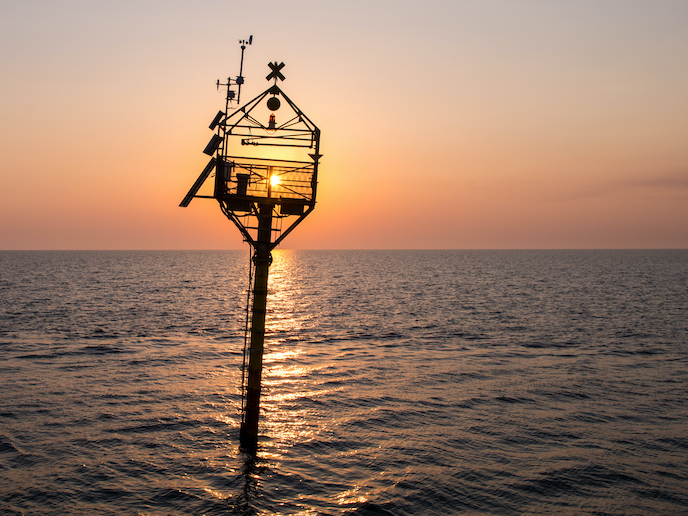Upgrading Europe’s maritime data infrastructure
Over 1 000 research institutes, governmental organisations and private companies in the countries bordering the European seas collect oceanographic and marine data. SeaDataNet is an EU-supported initiative which operates a pan-European infrastructure for managing, indexing and making available, marine data sets and products from research vessels and other observation facilities. Its core partners are National Oceanographic Data Centres and institutes from 34 states. The EU-funded SeaDataCloud project has helped increase access to SeaDataNet’s offers by moving its data sets and online tools to a cloud environment, in cooperation with the EUDAT e-infrastructure team. “SeaDataCloud incentivises oceanographic data providers to open their data holdings. This means more observation data from more sources is available to SeaDataNet’s users in a structured way, with standard metadata formats and semantics,” explains project coordinator Michèle Fichaut.
Upgrading the Common Data Index and its tools and services
SeaDataCloud’s priority was to upgrade SeaDataNet’s Common Data Index (CDI) service, alongside related tools and services. Technical testing of the newly developed components and integrated systems was first performed by the developers. These were followed by two project-training workshops with representatives from over 100 participating data centres. One of the drivers for the project was to accommodate the rapid increase in SeaDataNet’s data. For example, within the CDI’s European directories for European marine organisations, the catalogue of marine and oceanographic in-situ data sets for physics, chemistry, biology, geology and bathymetry increased from 1.87 million to 2.62 million entries in the 4-year period of the project. Thanks to SeaDataCloud’s efforts, the SeaDataNet CDI cloud environment is now operational, hosting all the CDI’s public data. “It is now possible to deliver data sets, combined from multiple data centres, very effectively. The new search interface has been launched using powerful technologies, offering new features and delivering services which follow FAIR principles,” adds Fichaut. In addition to upgrading the CDI service, SeaDataCloud completed a series of technical developments. These included: updating and expanding the SeaDataNet common vocabularies to increase semantic interoperability; developing and publishing standards for handling high-frequency radar (HFR) and flow cytometer data, and launching a new DOI service to enable scientists to publish their research data as citable resources. New tools were also developed for the virtual research environment (VRE), notably: BIOQC to process and run quality control on biological data sets; VIZ – a dynamic visualisation service to explore data sets on a map; and WebODV – a suite of online services based on Ocean Data View designed to perform analysis, exploration and visualisation of ocean data interactively. The VRE is now operational and publicly available to researchers.
Supporting wider data-led initiatives
SeaDataNet is used by many initiatives, including the Copernicus Marine Service and EMODnet projects. Indeed, all the data accessible through the EMODnet chemistry and EMODnet bathymetry portals are managed by the SeaDataNet infrastructure. Additionally, SeaDataNet is used by EU groups working on environmental management of European seas and coastal waters, including for implementation of the Marine Strategy Framework Directive, Water Framework Directive and European Green Deal. “SeaDataNet’s services and network of data centres play a major role in stimulating open data and reaching out to other possible data providers such as industry and citizens,” says Fichaut. To ensure continued management of the data infrastructure, SeaDataNet has established a legal entity, SeaDataNet AISBL, which currently has more than 30 members and is expanding.
Keywords
SeaDataCloud, data, infrastructure, marine, interoperability, semantic, Common Data Index, coastal







